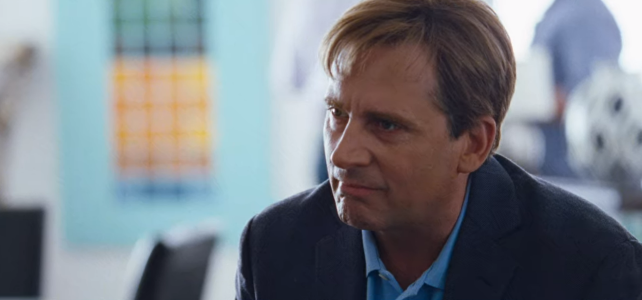realanubhav
KF Rookie

The Big Short: Unraveling the American Housing Collapse
In the bustling streets of Wall Street, where fortunes were made and lost, a group of individuals saw what others turned a blind eye to—the cracks in the foundation of the American housing market. This is the story of "The Big Short," a tale of foresight, audacity, and the cataclysmic event that shook the world economy.
Chapter 1: The Illusion of Prosperity
Meet Michael Burry, a quirky but brilliant hedge fund manager. In the early 2000s, he meticulously analyzed mortgage bonds and found a disturbing pattern. Risky home loans were packaged together and sold as seemingly secure investments. He realized that these bonds, backed by subprime mortgages, were ticking time bombs. As he dove deeper, he unearthed a web of financial engineering that hid the fragility of the American housing market.
Chapter 2: Unbelievable Odds
Enter Jared Vennett, a suave and cynical trader who stumbled upon Burry's findings. Vennett recognized the potential to profit from the impending catastrophe. He reached out to Mark Baum, a hedge fund manager with a skeptical outlook on the financial system. Baum was infuriated by the blatant disregard for ethics and the exploitation of average homeowners. Together, they decided to bet against the housing market by buying "credit default swaps."
Chapter 3: The Outsiders' Gamble
Meanwhile, a small group of young investors, led by Charlie Geller and Jamie Shipley, got wind of the impending disaster. Armed with their audacious conviction and the guidance of retired banker Ben Rickert, they embarked on a journey to place bets against the housing market. Their challenge was getting Wall Street giants to take them seriously.
Chapter 4: The Ignored Warnings
As Burry, Vennett, Baum, and the outsiders continued their crusade, they faced ridicule and disbelief from the financial establishment. The housing market continued to boom, with people buying homes they couldn't afford. The illusion of prosperity masked the storm brewing beneath the surface.
Chapter 5: The Collapse
In 2007, the first cracks appeared. Homeowners began defaulting on their mortgages, and the bonds built on these loans started to crumble. Burry, Vennett, Baum, and the outsiders watched as their bets against the market suddenly became profitable. The American housing market collapsed, triggering a domino effect across the global economy.
Chapter 6: Reckoning and Fallout
As the crisis unfolded, banks collapsed, people lost their homes, and the world plunged into an economic recession. The very financial system that had fostered prosperity had crumbled under its own weight. Burry, Vennett, Baum, and the outsiders, who were once considered outsiders and outcasts, emerged as the few who saw the truth.
Chapter 7: Lessons Learned?
"The Big Short" served as a stark reminder of the dangers of unchecked greed and a lack of regulatory oversight. It shed light on the complexity of financial instruments and the interconnectedness of global markets. As the world slowly recovered from the crisis, questions lingered about whether the lessons learned would be enough to prevent history from repeating itself.
Conclusion:
In the end, "The Big Short" was not just a financial story—it was a tale of courage, conviction, and the price paid for ignoring warning signs. It forever changed the way people viewed the economy, reminding us that even in a world driven by numbers and algorithms, human insight and integrity are indispensable.
